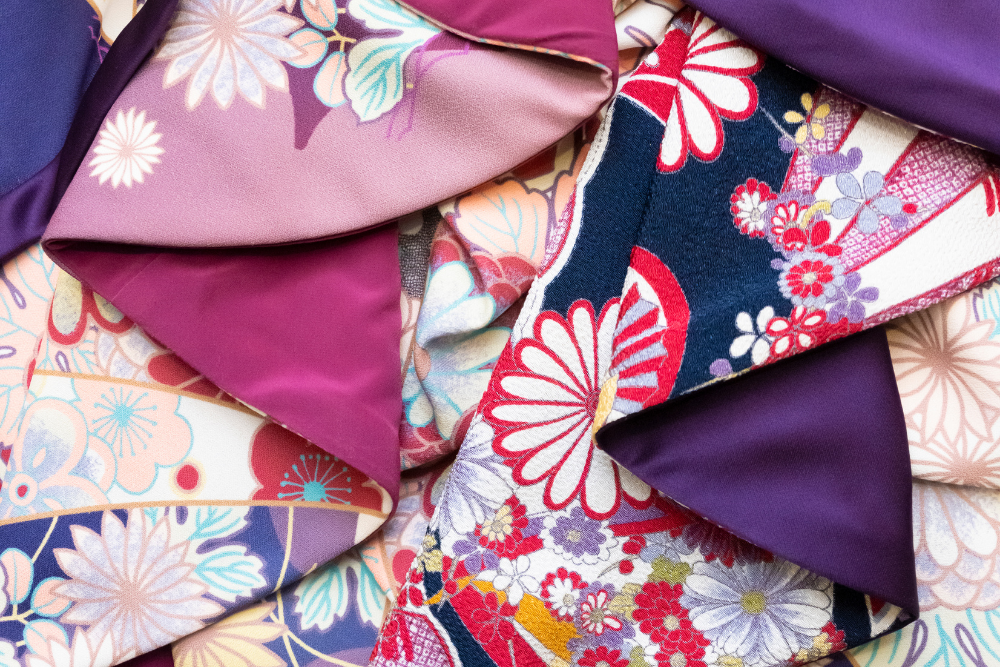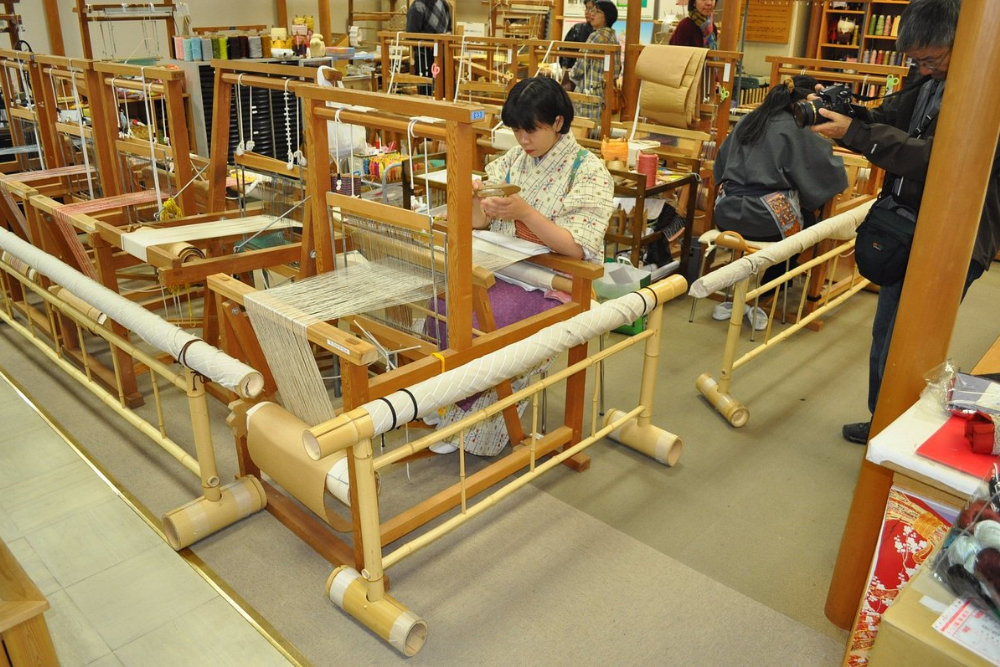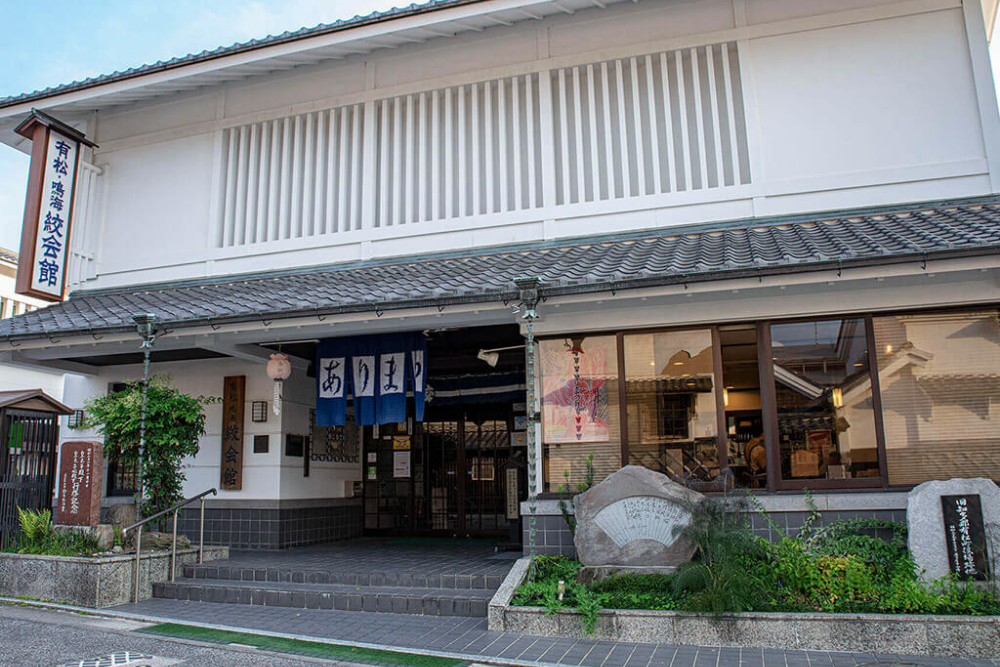Introduction
Japan’s textile traditions are among the most refined and celebrated in the world. With centuries of craftsmanship, cultural symbolism, and regional diversity, Japanese textile arts embody the country’s deep connection to aesthetics, nature, and heritage. From the intricate weaves of Nishijin-ori to the resist-dyeing techniques of Shibori, these textile traditions have been passed down through generations, preserving ancient artistry while continuing to evolve in contemporary fashion and design.
This article explores Japan’s rich history of tapestry weaving and textile arts, examining key techniques, cultural significance, and their influence on modern textile craftsmanship.
The Origins of Japanese Textile Arts
Japan’s textile traditions date back over 2,000 years, influenced by China, Korea, and indigenous craftsmanship. Early weaving techniques were primarily used to create garments for aristocrats, samurai, and Buddhist monks, with textiles playing an essential role in social hierarchy and religious ceremonies.
During the Nara period (710–794), Japan began importing silk and advanced weaving techniques from China, leading to the development of its own distinct textile styles. By the Heian period (794–1185), textile arts flourished, with noble families commissioning elaborate garments such as the jūnihitoe, a multi-layered kimono worn by court ladies.
Traditional Weaving Techniques in Japan
1. Nishijin-ori (Kyoto’s Brocade Weaving)
One of Japan’s most prestigious textile traditions, Nishijin-ori, originates from Kyoto’s Nishijin district. Dating back over 1,200 years, Nishijin-ori is renowned for its luxurious brocade patterns woven with gold and silver threads, often depicting seasonal motifs, landscapes, and historical scenes.
- Characteristics: Richly colored silk, intricate patterns, metallic threads.
- Historical Use: Kimono fabric, obi (sashes), ceremonial garments.
- Modern Applications: High-end fashion, interior decor, accessories.
2. Kasuri (Ikat Weaving)
Kasuri is a traditional ikat-dyed textile, where patterns are dyed onto threads before weaving, resulting in blurred geometric designs. The technique was introduced to Japan from India via Okinawa during the Edo period (1603–1868).
- Famous Regions: Kurume (Fukuoka), Iyo (Ehime), Bingo (Hiroshima).
- Common Patterns: Abstract shapes, florals, asymmetrical grids.
- Modern Uses: Kimono, table linens, contemporary fashion.
3. Tsumugi (Hand-Spun Silk Weaving)
Tsumugi refers to hand-spun silk textiles traditionally woven from silk floss rather than smooth silk threads, giving the fabric a matte, textured appearance. Woven primarily in rural areas, it was historically worn by the merchant class as a more affordable alternative to high-gloss silks.
- Famous Variants: Yuki Tsumugi (Ibaraki), Oshima Tsumugi (Kagoshima).
- Characteristics: Lightweight, soft, often dyed with natural pigments.
- Modern Use: Everyday kimono, scarves, home textiles.
4. Shibori (Resist-Dyeing and Textured Weaves)
Shibori is Japan’s ancient tie-dyeing technique, where fabric is tightly bound, twisted, or stitched before dyeing to create intricate patterns. Unlike Western tie-dye, Shibori is highly precise, with techniques passed down in artisan families for centuries.
- Famous Variants: Arimatsu Shibori (Aichi), Kumo Shibori (spiderweb patterns), Nui Shibori (stitched resist).
- Common Colors: Indigo blue, deep purples, reds.
- Modern Adaptations: Silk scarves, contemporary streetwear, avant-garde textiles.
The Cultural Significance of Japanese Textiles
Japanese textiles are deeply woven into cultural identity, spirituality, and artistic expression. Many patterns and dyeing techniques carry symbolic meanings, reflecting nature, seasonal shifts, and philosophical ideals.
Textile Symbolism in Japanese Culture
- Sakura (Cherry Blossoms): Ephemeral beauty, renewal, and the fleeting nature of life.
- Kikkō (Tortoise Shell): Longevity, protection, and stability.
- Seigaiha (Blue Waves): Good fortune, resilience, and the power of the ocean.
- Asanoha (Hemp Leaf): Growth, health, and prosperity.
These motifs are not just decorative—they have been incorporated into textiles for wedding kimonos, samurai armor linings, and Buddhist robes, emphasizing their cultural significance.
The Influence of Japanese Textiles on Modern Fashion and Art
While traditional textile production has declined due to industrialization, many artisans continue to preserve and innovate within these ancient crafts. Additionally, Japanese textiles have had a profound influence on modern fashion, interior design, and contemporary art.
1. Japanese Textiles in Global Fashion
Renowned designers such as Issey Miyake, Yohji Yamamoto, and Rei Kawakubo (Comme des Garçons) have incorporated traditional weaving techniques into their avant-garde collections.
- Issey Miyake’s A-POC line features seamless, sculptural textiles inspired by Nishijin-ori.
- Yohji Yamamoto has revived Kasuri and Shibori patterns in modern silhouettes.
2. Revival of Natural Dyeing and Sustainability
With increasing interest in sustainable textiles, Japan’s natural indigo dyeing (Aizome) and organic silk production have seen a resurgence.
- Contemporary brands are working with rural artisans to create sustainable fashion using handwoven organic cotton and naturally dyed fabrics.
- Interior design and architecture have also embraced traditional textiles in wall hangings, furniture upholstery, and handcrafted wallpaper.
Where to Experience Japan’s Textile Arts
For those interested in exploring Japan’s textile heritage, several museums, workshops, and artisan villages offer hands-on experiences and exhibitions.
1. Nishijin Textile Center (Kyoto)
- Witness live demonstrations of Nishijin-ori weaving.
- Participate in kimono dressing experiences.
2. Arimatsu Shibori Museum (Nagoya)
- Learn the history of Shibori tie-dyeing.
- Try hands-on dyeing workshops with local artisans.
3. Oshima Tsumugi Village (Kagoshima)
- Explore the intricate process of Oshima Tsumugi silk production.
- Shop for authentic handwoven textiles.
4. Yuki Tsumugi Craft Center (Ibaraki)
- Discover the delicate process of hand-spun silk weaving.
- Interact with master weavers and test traditional looms.
Conclusion
Japan’s ancient tapestry weaving and textile arts remain a testament to the country’s unparalleled craftsmanship, cultural depth, and artistic innovation. From the meticulous brocade of Nishijin-ori to the fluid beauty of Shibori-dyed fabrics, these traditions continue to inspire both artisans and modern designers.
As efforts grow to preserve these crafts in an increasingly mechanized world, Japan’s textile heritage stands as a bridge between the past and the future, offering a glimpse into an art form that is both timeless and ever-evolving. Whether through fashion, art, or sustainable design, the influence of Japan’s textile arts will continue to shape global aesthetics for generations to come.












